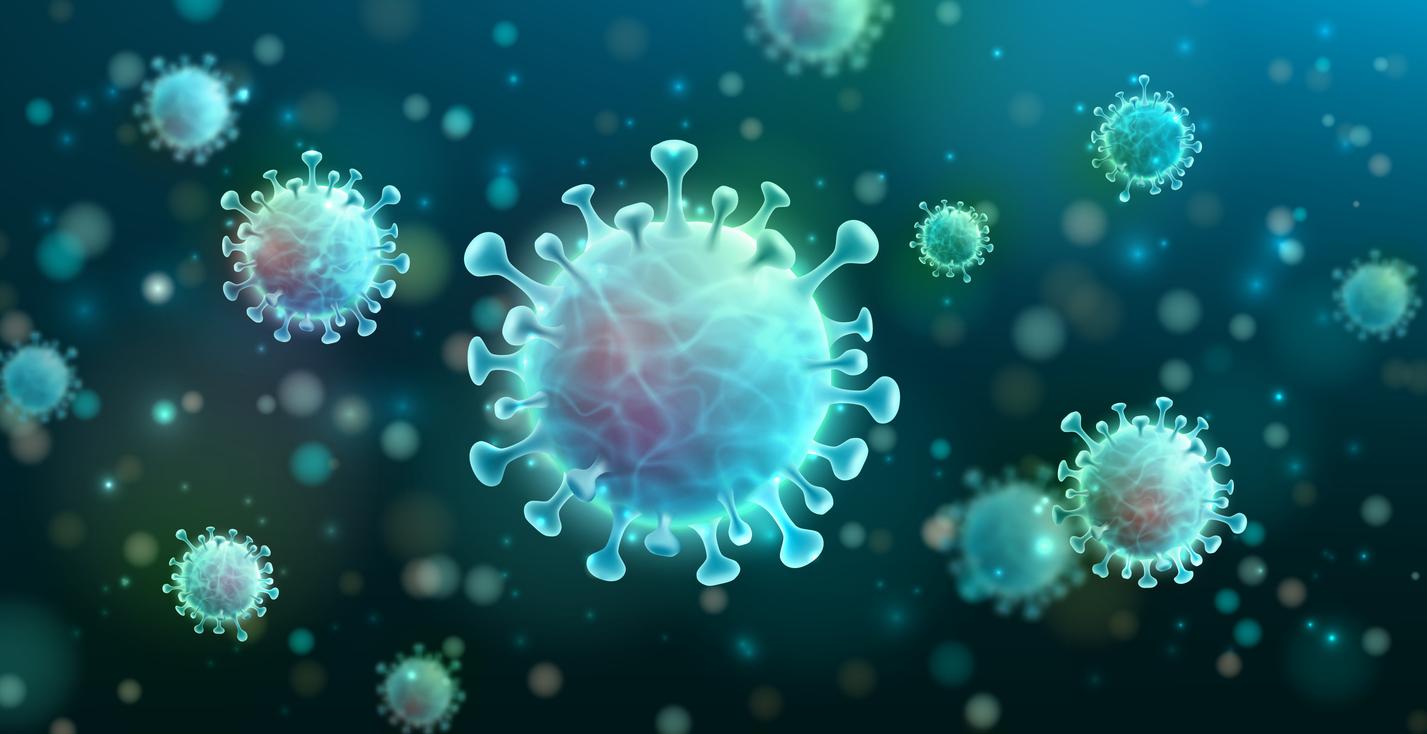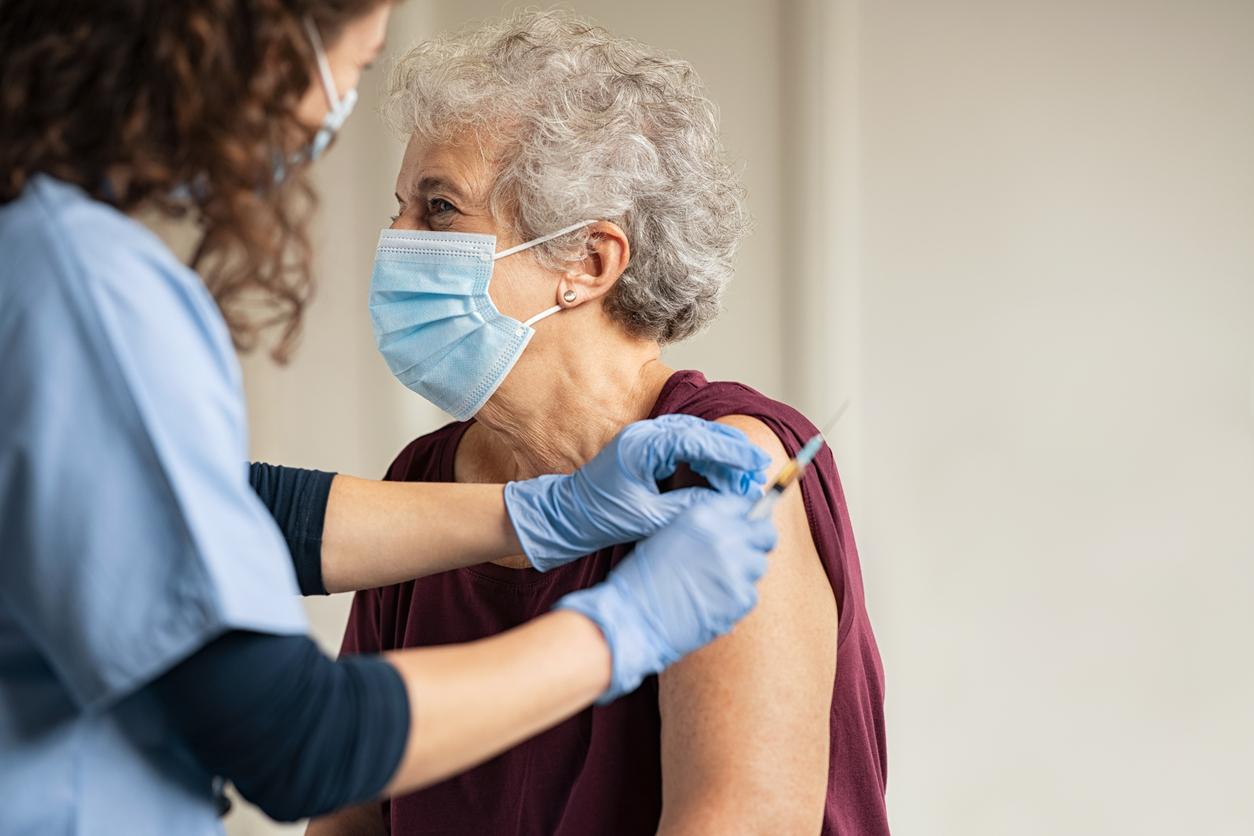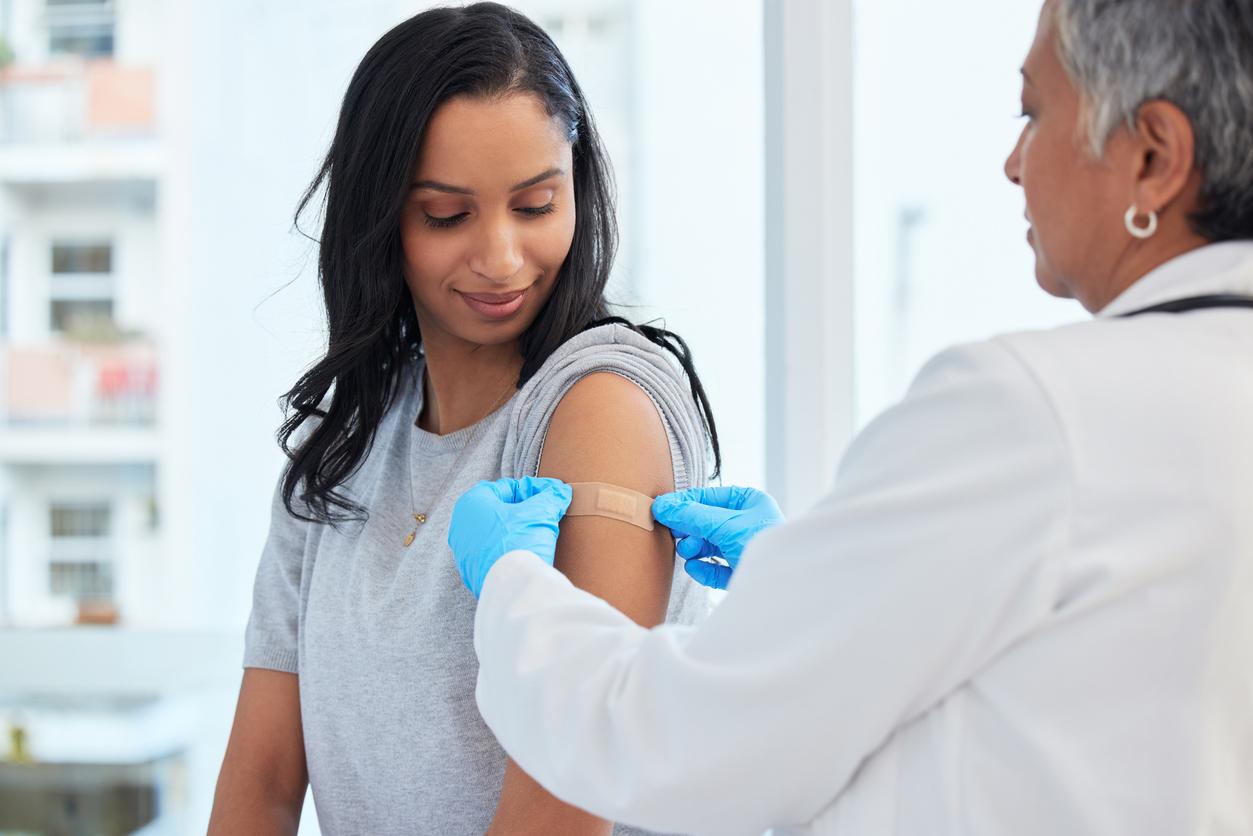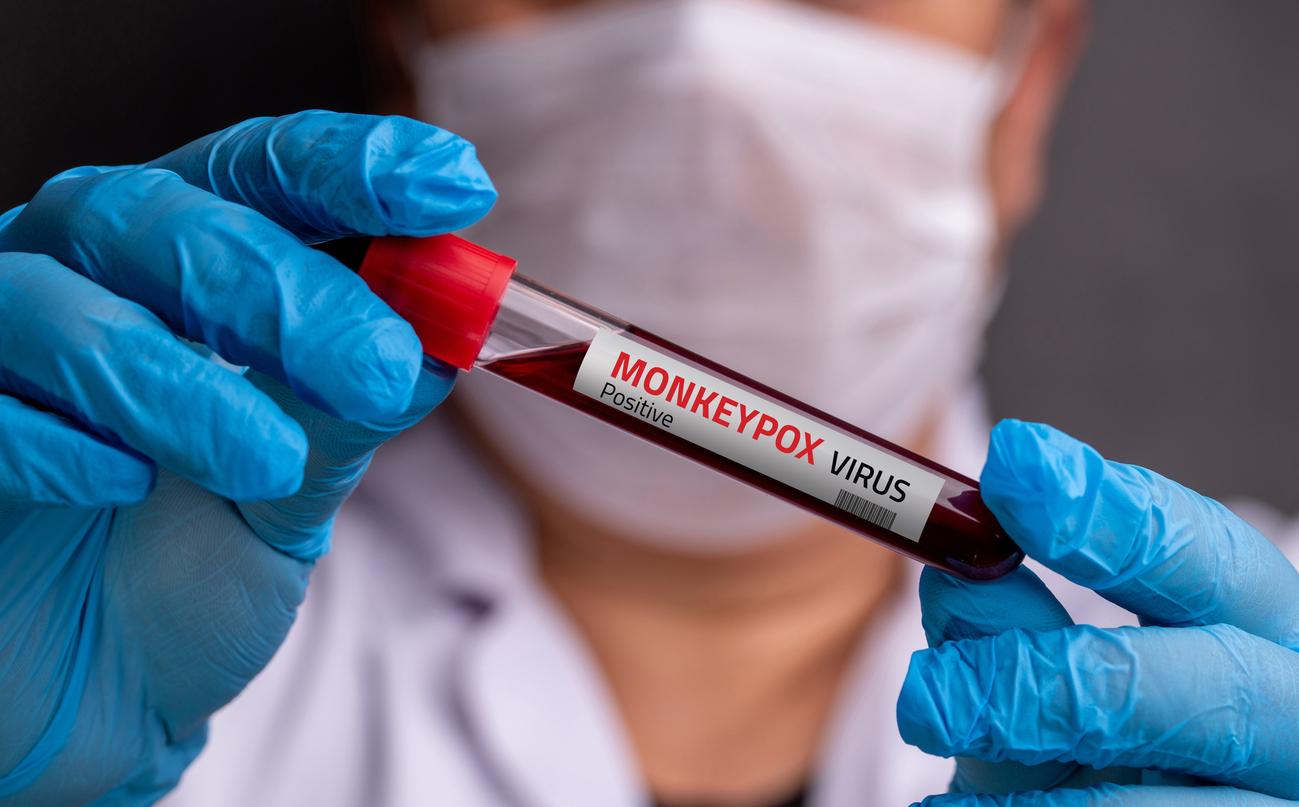
Rare, but highly contagious and deadly virus
It rarely happens, but when the Marburg virus advances, it often doesn’t have a happy ending. The Marburg virus is a highly contagious and deadly virus. What are the symptoms and where does it occur?
The virus, a filovirus, was discovered in 1967 when laboratory personnel in Marburg, Germany, contracted the disease after contact with infected monkey tissue from Uganda. In 2021, an outbreak was declared in West African Guinea after one infected case. A year later, at least four infections with the virus were diagnosed in Ghana. The first two infected persons died in hospital, the other two patients became infected through contact with these persons.
What is the Marburg virus?
The Marburg virus is a rare but serious infectious disease that, like Ebola, is accompanied by a so-called hemorrhagic fever. Viral hemorrhagic fever is a disease associated with high fever and severe bleeding. Other filoviruses that can cause hemorrhagic fever include Ebola, Lassa virus, and Yellow Fever.
Where does the virus come from?
The seriously contagious, but rare virus is mainly found in Africa and South America. The risk of travelers taking these infections home is quite small.
How is the Marburg virus spread?
The virus itself is believed to be transmitted to humans through some type of bats or contaminated meat. Several animals in tropical rainforests can be infected with the Marburg virus, such as monkeys and antelopes. If people eat these animals, they can also become infected in this way.
How contagious is the Marburg virus?
The virus is highly contagious and can spread to other people through direct contact with blood or other body fluids such as saliva, sweat, faeces, urine, semen and vomit. The virus can also be spread by consuming an infected animal. The incubation period is two to 21 days with an average of seven days.
What are the symptoms of the Marburg virus?
When the symptoms arise, a patient is contagious. These are complaints such as fever, diarrhoea, nausea, muscle aches, headache, chest pain, sore throat and vomiting. Striking with this filovirus is that inflammation of blood vessels occurs, just like with the Ebola virus. This results in severe bleeding from various body holes.
The treatment of the virus
There is no specific treatment for these viruses. There are no medicines and vaccinations, says the World Health Organization (WHO). Therefore, treatment focuses on support with IV and blood transfusion. In renal failure, dialysis may be necessary.
How deadly is the Marburg virus?
If you are infected with the Marburg virus, the risk of death is very high. Between 24 and 88 percent of infected people died in previous outbreaks, according to the WHO. The degree of contagiousness is greatest shortly after death.
Fighting the Marburg virus
When an infection with the Marburg virus is diagnosed, the patient is immediately isolated to prevent infections in the hospital. By means of an extensive contact investigation, people who have been in direct contact with the infected person are tested and monitored. A blood test can show whether more people are infected with the virus.
Sources):
















